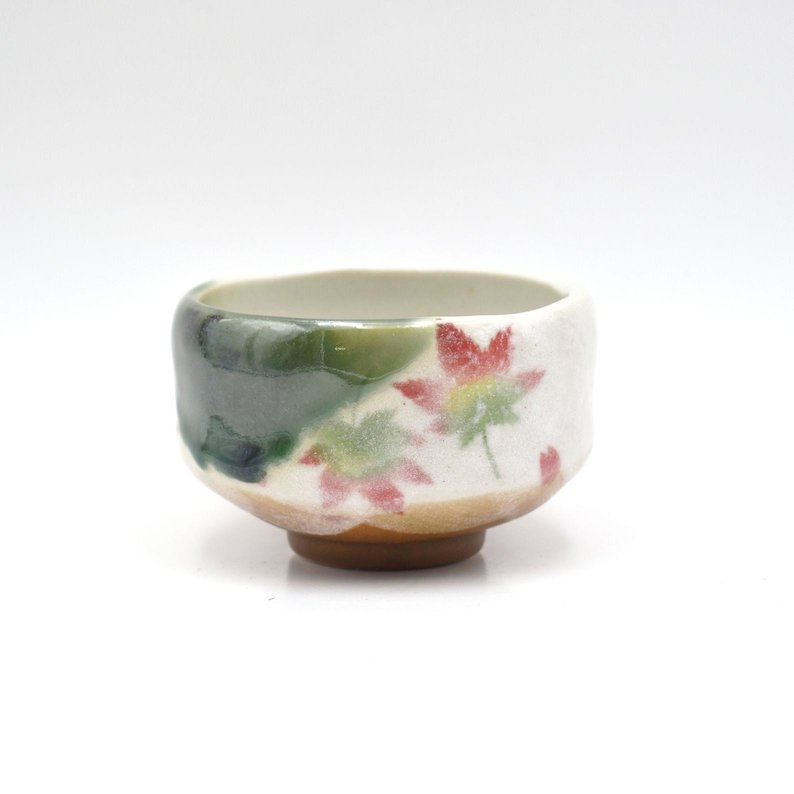This beautiful raku tea bowl is in the sagawa art museum s collection.
In japan ceramic tea bowls were appreciated because of what features select all that apply.
In japan ceramic tea bowls were appreciated because of their shape subtle colors and irregular surfaces winslow homer s prisoners from the front 1866 was intended to call for reconciliation after the civil war.
Kaishane japanese matcha whisk set matcha tea ceremony set of 4 including 100 prong matcha whisk traditional scoop tea spoon and ceramic matcha bowls 4 7 out of 5 stars 256 24 99 24.
In japan tea bowls have traditionally represented the wabi aesthetic emphasizing rusticity imperfection and guilelessness according to kemske and the tea ceremony out of which they emerged remains a widely practiced art form.
In japan ceramic tea bowls were appreciated not just for their color shape and pleasing irregular surface but as part of the experience of sipping tea.
Free shipping on many items.
Chinese ceramics show a continuous development since pre dynastic times and are one of the most significant forms of chinese art and ceramics globally.
Its decorative raised features and colours of copper cobalt and green is typical of raku kichizaemon the son of the 14th raku.
Beautiful set of three antique japan imari porcelain nesting bowls.
Japan is a well wooded country and wood has always been used there for domestic utensils of all kinds either in a natural state or lacquered until recent times pottery and porcelain were not employed extensively for general domestic use but were reserved for such special purposes as the tea ceremony.
Hidden within the kanji the characters on the bottom of the piece you will typically find the production region a specific kiln location a potter s name and sometimes a separate decorator s identity but at times only generic terms were recorded and tracking down.
Vintage japanese pottery tea bowl 茶碗 chawan shino ware ceremony artist sgn.
Gradually the tea masters who conducted the ritual began using rustic.
Raku ware is a type of pottery that is almost synonymous with japanese tea ceremonies characterized by being hand shaped rather than thrown on a wheel and developed in the sixteenth century.
Unless you re familiar with the japanese language identifying japanese pottery and porcelain marks can be a daunting task.















































